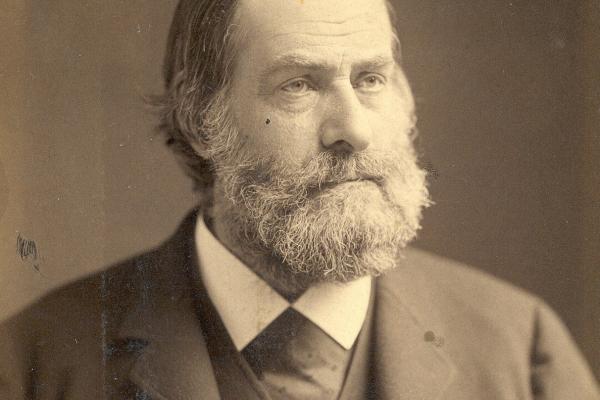Advanced Search
Scott’s atlas shows the PWHBM on the hexagon formed by Lancaster Ave. and 35th, 36th, & Warren streets. The redbrick façade of the complex fronted Warren.

Viewed from the west bank of the Schuylkill, the Philadelphia, Wilmington & Baltimore Railroad’s Newkirk Viaduct at Gray’s Ferry.
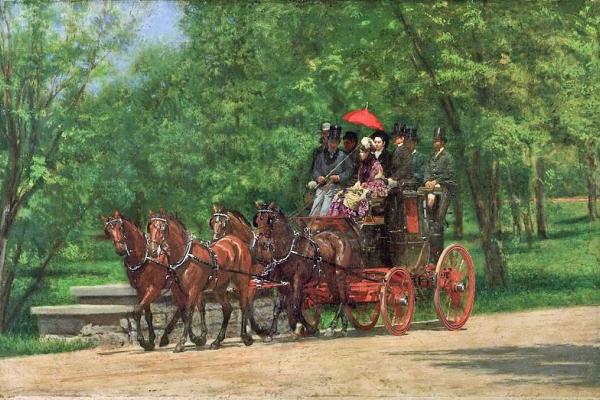
“A May Morning in the Park (The Fairman Rogers Four-in-Hand,” by Thomas Eakins (1844–1916). This painting shows wealthy Philadelphians on an excursion on Landsdowne Dr., the former carriageway that winds behind Memorial Hall. The image suggests the attractiveness of this verdant, quiet venue—a lure that would draw wealthy families to Parkside Ave. at the turn of the 20th century.
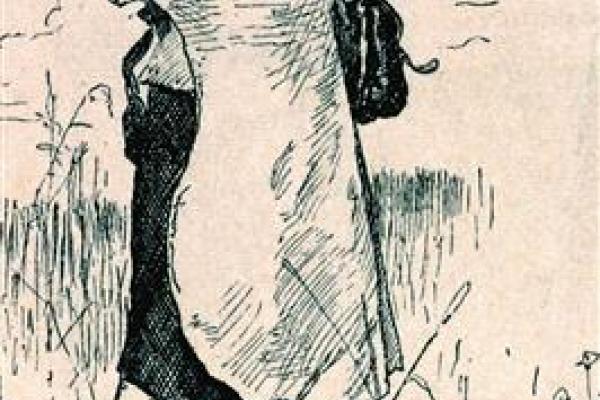
John Bartram, who made his home on the west bank of the Schuylkill River, is generally recognized as the father of American botany and the first North American to hybridize flowering plants. Unfortunately, the only surviving image of the elder Bartram is this 1880 drawing.
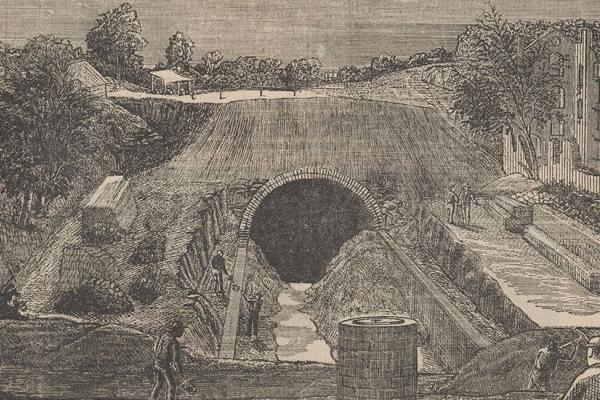
Building the Mill Creek sewer culvert at 43rd and Sansom Street, late 1880s, image showing landfill buildup to meet West Philadelphia's street grid.
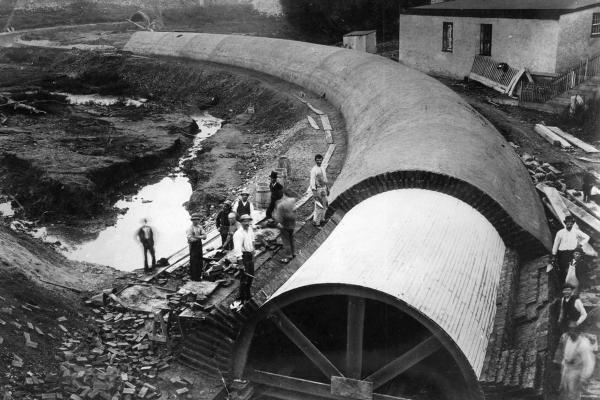
This image from the late 1880s shows construction of the culvert at 47th Street and Haverford Avenue. The culvert was filled with tons of dirt to form a deeply buried sewer, and roads and houses were built above it, with disastrous effects in later decades.
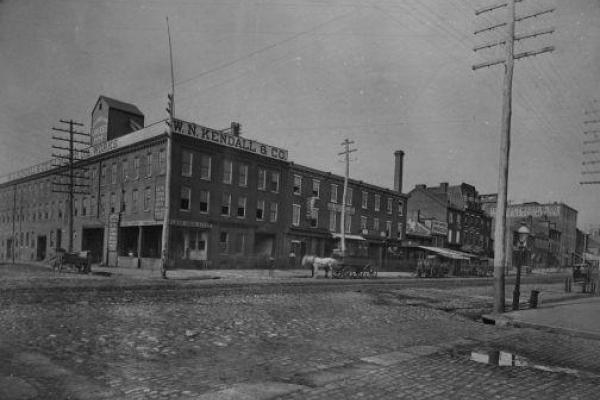
This archival photograph shows a building owned by W.N. Kendall Co., a quarter-century before the D.B. Martin Co. built its “all in one” slaughterhouse on this site.
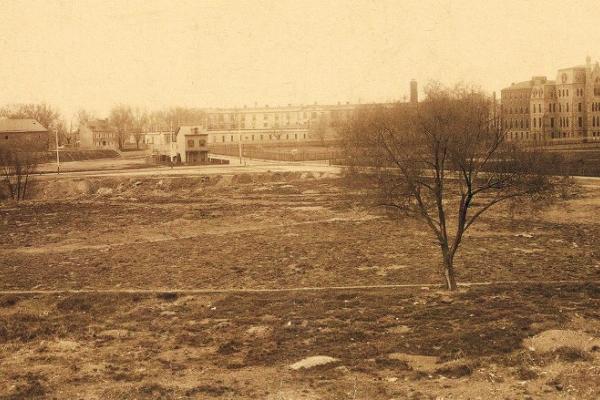
In this 1882 photo, the camera looks southwest across the terrain of the potter’s field toward the Blockley Almshouse (center background) and University of Pennsylvania Hospital (right background).

